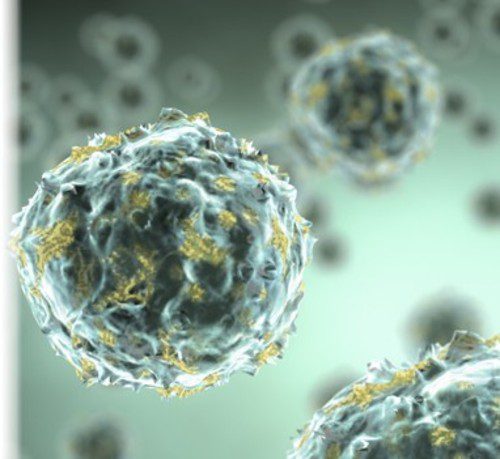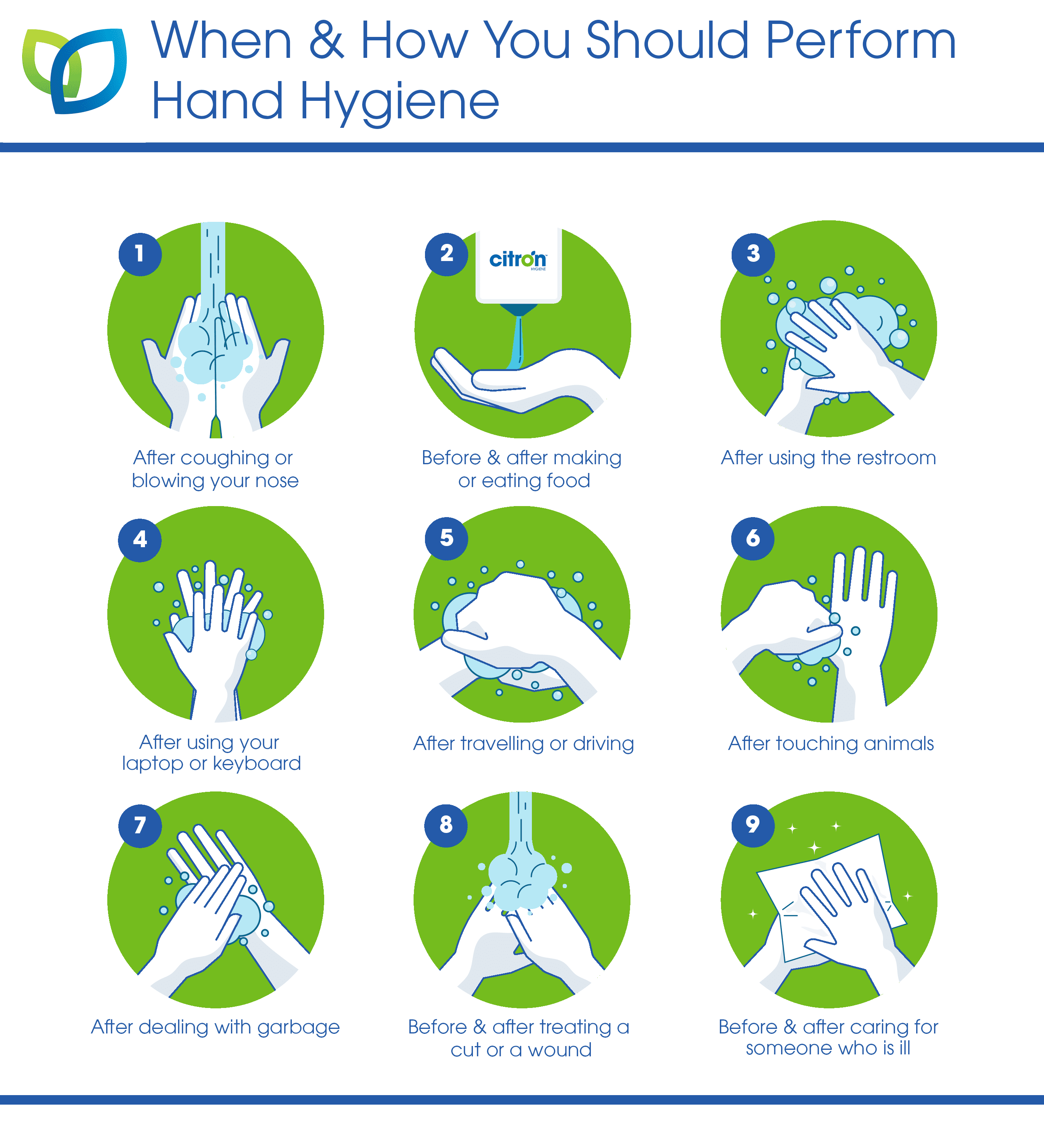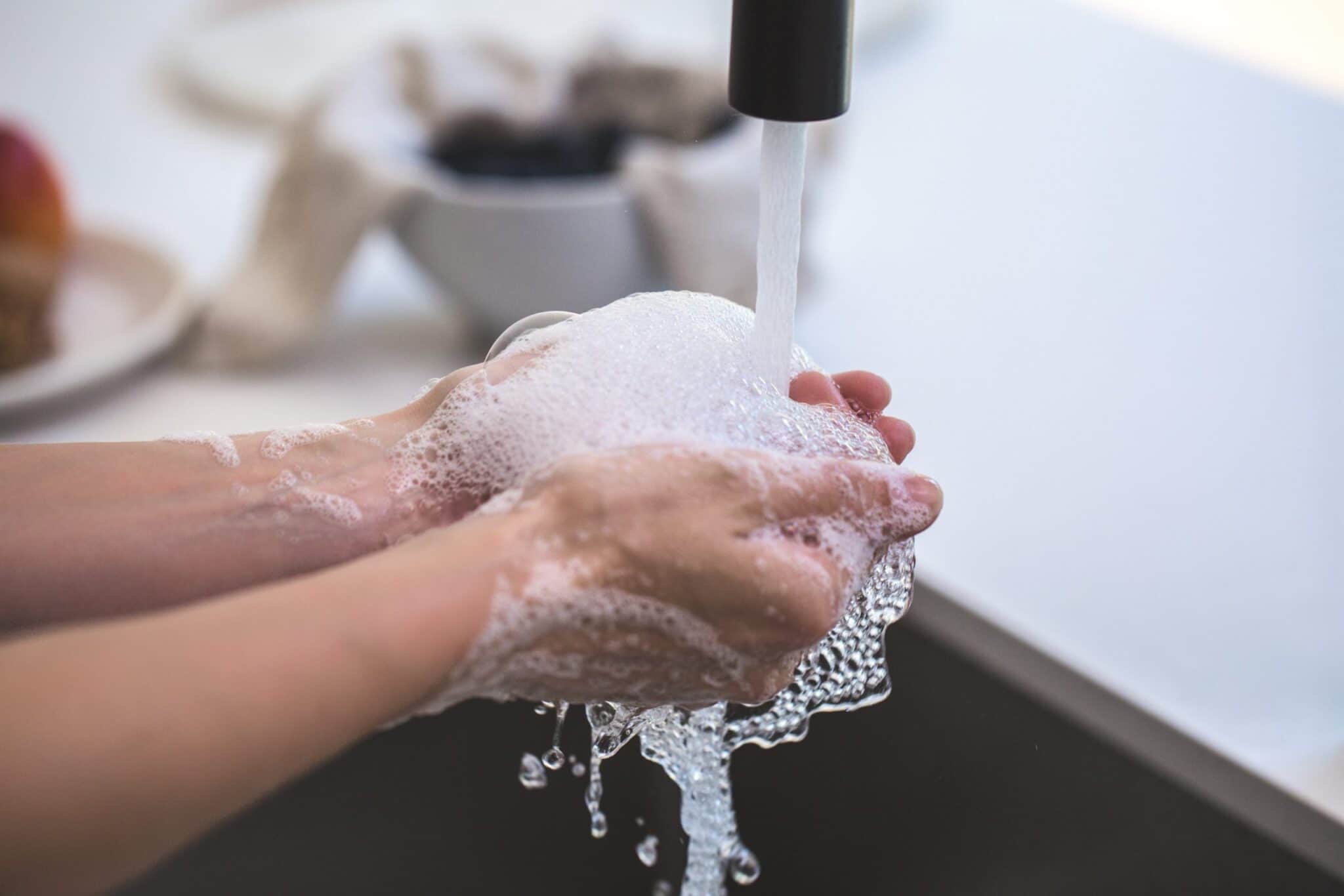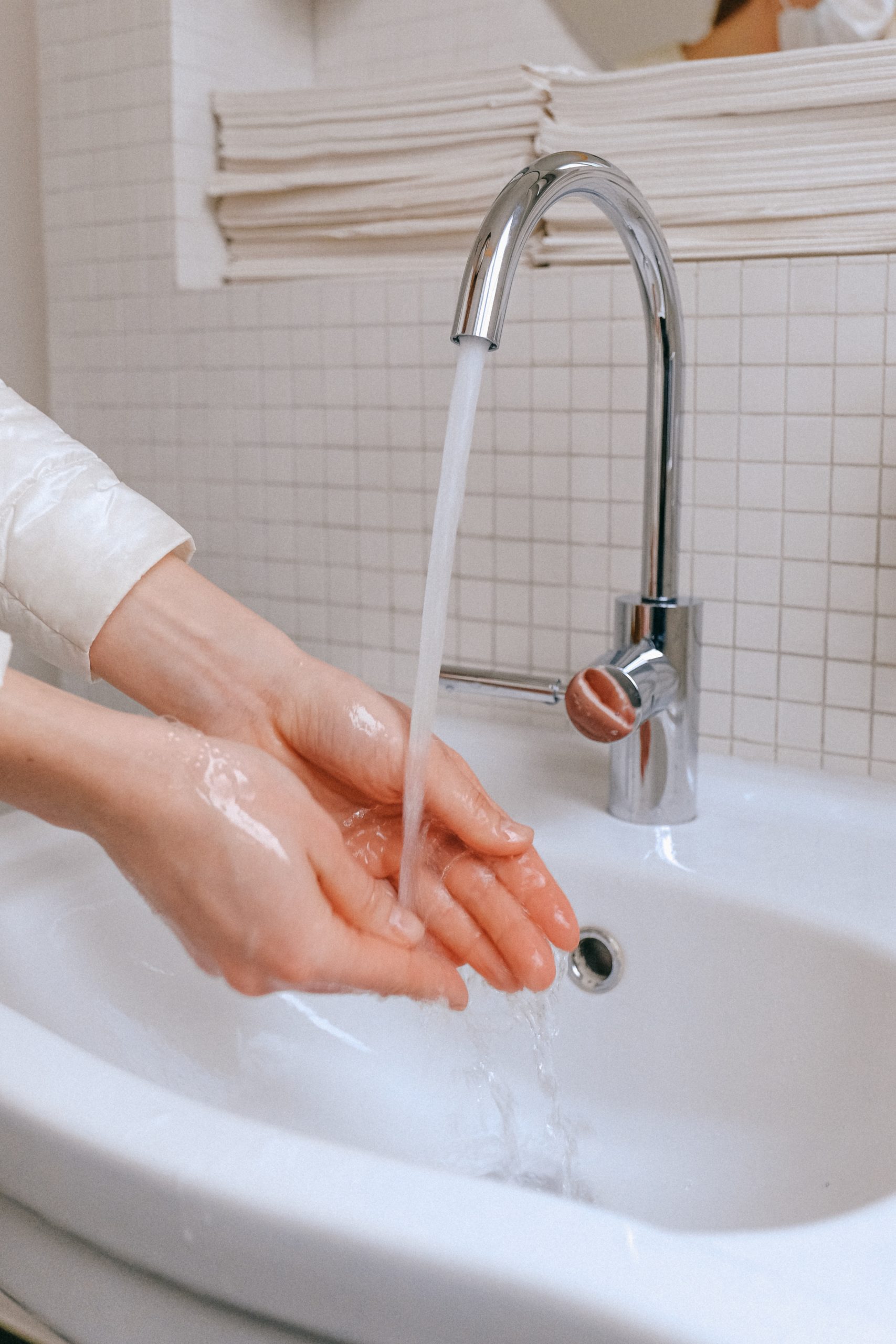Table of Contents
Last Updated on February 14, 2023
What is Hand Hygiene?
Hand hygiene is the act of cleaning one’s hands to reduce the number of harmful pathogens present. Good hand hygiene prevents the spread of infection and reduces chances of illness whereas poor hand hygiene can encourage germs and bacteria to replicate resulting in a greater spread of infection and disease.
The importance of hand hygiene to reduce the spread of infection has been heightened recently due the covid-19 pandemic, and therefore effective hand hygiene should be encouraged at all times, in every business. There can be consequences from bad hand hygiene that can affect businesses across the board, the wider community and public health. Therefore, it’s vital you take necessary precautions to avoid infection within your organization.
Why Hand Hygiene is so Important
With hands being the main pathway for the transmission of harmful germs, practicing good hand hygiene is vital. Hand hygiene best practices should be reinforced and encouraged to avoid any risk of ill health both at home and in the workplace, from visitors to customers to employees.
The importance of hand hygiene can often be overlooked, even with the negative consequences brought to light. If people become sick in the workplace then this can lead to more employee sick days and reduced productivity and may result in lower sales, profits and a less engaged workforce.
However, by providing the necessary hand hygiene facilities within your business that encourage good hygiene practices, you can prove to your visitors that you take hygiene seriously and protect all those who come and go.
10 Important Things You Should Know About Hand Hygiene
1. The Spread of Infections
In order to understand why hand hygiene is so important, we must also understand what happens during the process of infection transmission. An infection can occur when a germ enters the body, multiplies and then causes the body to fight and react. In order for the spread of infection to be successful, three stages need to be in place: the source, the human susceptibility and final transmission.
The Source: Virus, Bacteria & Harmful Microbes


Germs can be found everywhere, some surfaces more so than others, for example, wet surfaces, office desks, shopping carts – areas you may not expect and most likely have contact with every day!
The source is important as this is where the initial bacteria or virus lives and can be caught. While some germs can actually be good for you – the ones that promote a healthy body and stop us from getting ill, some germs can be harmful if you come into contact with these. There are four main types of germs: bacteria, viruses, fungi and protozoa. Covid-19, influenza and gastroenteritis are common illnesses caused by viral infections while common bacterial infections are tonsillitis and urinary tract infections. Our guide provides more information on the differences between bacteria and viruses.
Before infection transmission can occur, preventative measures can be implemented such as regular cleaning and disinfecting shared spaces to avoiding food and drink that may be contaminated with harmful germs.
Final Transmission
Transmission is the transference of the illness from the carrier onto the susceptible person, whether it be through physical contact, sharps or inhalation. If we touch an object that has been sneezed on or touched by someone carrying harmful germs, then we could be susceptible to catching an illness ourselves. This is where hand hygiene comes into play. By washing or sanitizing our hands, we can kill any harmful germs that we may have picked up by touching contaminated surfaces or objects.
2. How Can Hand Hygiene Be Performed?
Washing your hands can be one of the easiest yet most important ways to clean off any germs that may cause infections such as the flu or common cold. In fact, 80% of common infections are spread by hand.
In order to practice hand hygiene correctly, it’s vital to understand the correct ways in which you should be washing your hands to reap the benefits.
Whether you’re looking to place essential hand sanitizer solutions around the workplace to protect against infection or commercial soap dispensers that encourage proper hand hygiene, these devices will be your best bet in masking off germs and bacteria.
Both the classic soap and water method and hand washing using sanitizer methods are effective ways to disinfect and clean your hands. Don’t forget to dry your hands too as damp hands can spread bacteria 1000x faster than dry hands.
3. How to Wash Your Hands with Soap & Water
Germs can get onto your hands throughout the day and therefore handwashing with soap and water can help remove any bacteria and chemicals you may have come into contact with. Here’s the protocol you should take when washing your hands, every time:
- Wet your hands with water
- Apply a decent amount of effective soap solution to cover your hands
- Rub the palm of your hands together
- Rub your palms together interlacing your fingers
- Rub the back of your hands
- Scrub the base of your thumbs
- Wash fingernails
- Rinse your hands from the soap
- Dry your hands thoroughly with hand dryer with a HEPA filter, such as Dyson or clean paper towels
More guidance on how to wash your hands with soap and water can be found in our helpful handwashing poster. This poster can be displayed around your facilities to promote excellent hygiene all year round.
Never before has correct handwashing been so important and even the celebrities have been highlighting how to wash hands (in a fun way) during 2020. Take a look at our favorite celebrity handwashing videos right now.
How Hot Does the Water Need to Be?
There’s been a number of studies conducted over how hot the water should be to wash your hands. Research conducted in Florida investigated exactly how many microbes remain on hands after washing hands in water in different temperatures using the glove-juice technique. They found that there was no real difference between the number of bacteria left on hands in water that was cold, luke-warm or hot. While there’s evidence to suggest that heat kills bacteria, the ideal temperature is really one that we can comfortably wash our hands under for the right length of time (at least 20 seconds). You don’t want to be washing your hands in boiling hot or ice cold water that discourages from proper hand washing.
4. How to Wash Your Hands with Hand Sanitizer
If a soap and water option is unavailable, an alcohol-based hand sanitizer that contains at least 60% alcohol will be your next best option. Alcohol-based hand sanitizers can kill most types of germs found on your hands and can keep you safe from any harmful bacteria throughout the day.
- Start with dry, visibly clean, hands
- Apply a coin-sized amount of hand sanitizer to the palm of your hand
- Rub the hand sanitizer solution into your hands until dry, in a similar motion you would do when washing your hands with soap
- Avoid touching anything before your hands are totally dry
By placing hand sanitizer solutions like the Gojo hand sanitizer refill stations all around your workplace and necessary signage to enforce the importance you can provide peace of mind for your employees and visitors. Surface and hand wipes should also be stocked around the workplace to prevent cross contamination and ensure users have full access to cleaning equipment to feel safe within your facilities.
Download our how to clean your hands with sanitizer poster.
It may also be helpful to display ‘Please Use Hand Sanitizer’ display posters alongside hand sanitizer stations in your organization.
5. When Should You Perform Hand Hygiene?
Hand hygiene should be performed as regularly as possible throughout the day, however, in order to ensure your working facilities are totally free from contamination or bacteria, staff should be encouraged to perform hand hygiene before and after specific daily tasks or occurrences, such as:
- After coughing or blowing your nose
- Before and after making or eating food
- After using the washroom
- After using your laptop, keyboard or any office facilities
- After travelling or driving
- After touching animals
- After dealing with garbage
- Before and after treating a cut or a wound
- Before and after caring for someone who is ill
It’s also advisable to wash your hands regularly especially if you have been into contact with any items that are potentially germ hotspots such as door handles, keyboards, phones and fridge doors.


6. How Long Should You Wash Your Hands for?
When washing your hands with soap and water, you should be washing for the length of time it takes to sing “Happy Birthday” – twice! In other words, for around 20-30 seconds for the hand washing process to be effective and to reduce the risk of illness.
7. What Type of Soap to Use for Effective Hand Hygiene?
There are numerous types of soap on the market including foam, liquid, gel and bar soap which can all be used for effective hand hygiene. However, it’s said that liquid and gel variations are better than bar soap as there is less risk of contamination between users and the latter should not be provided in public washrooms.
Some soaps are fragranced; some are not. Several studies have reported that there are no additional benefits in using an antibacterial soap compared with plain soaps.
8. Alcohol vs Non-Alcohol Hand Sanitizer – Which One is Better?
When soap and water is not available, an effective sanitizer can be used for hand hygiene. The CDC has stated that hand sanitizers with over 60% alcohol are most effective so check the label or with your hygiene services provider to ensure what you are using will actually work. Find more guidance on the differences between alcoholic and alcohol-free hand sanitizer to help you make an informed decision about which solution is best for your business.
9. The Difference Between a Virus & Bacteria
The main difference between virus and bacteria is the way in which they survive: viruses cannot survive without a host and can only reproduce by attaching themselves to cells whereas bacteria can survive without a host and reproduce by dividing and replicating. Viruses are always harmful and can be very specific on the cells they attack which ends up causing disease, whereas bacteria can either be harmful, or actually beneficial to your health.
10. Covid-19 and Hand Hygiene Habits
The Coronavirus pandemic has presented businesses with challenges and the impact on health and the economy has been huge. For many employers, the pandemic has completely re-shaped the way in which they do business. In a recent study, Citron Hygiene explored this in more detail; surveying 2000 Canadians to give businesses an insight into their colleagues and customers’ attitudes to facility hygiene in a post-coronavirus world.
Some stats about hand hygiene revealed from the study include:
- Adults wash or sanitize their hands on average 7.8 times a day.
- On each occasion, respondents spend an average of 16.85 seconds washing or sanitizing their hands.
- 81% of adults have become more aware of germs and more conscious of hygiene over the last six months.
- 73% of adults said it has now become more important to wash/sanitize their hands regularly.
Download the full report into the effect of covid-19 on hand hygiene habits.
How to Improve Hand Hygiene in your Organization
Improving hand hygiene in your facilities can totally transform business results and success. An easy way to encourage excellent hand hygiene standards would be to implement the right facilities in your organization for visitors and employees to utilize. Solutions include providing hand sanitizers in strategically placed locations, automatic soap dispensers in washrooms, hand dryers and paper towels. Citron Hygiene provide a wide range of solutions encompassing hand hygiene including Dyson hand dryers such as the Dyson Airblade 9kj and the popular Dyson Airblade V, in addition to Tork paper dispenser products.
If people struggle with proper hand hygiene techniques, then hand hygiene posters are a great way to teach and reinforce correct methods of practicing effective hand hygiene all around your facilities.
Display Hand Hygiene Posters to Encourage Effective Routines
Whether you’re looking to maintain hygiene in your organization or looking for ways to improve standards, as experts in hygiene, we want to share our resources with you to better equip your business with the correct hygiene knowledge. This way your staff and visitors can play a part in building a healthier, safer space within your organization.
View and download our free resources and posters that you can display in your business to educate all those who come and go.
Expert Opinions on Hand Hygiene
Hand hygiene is becoming more important than ever in public health especially in today’s current circumstances, as Professor Didier Pittet from the WHO (World Health Organization) reinstates in their global hand hygiene campaign outreach. The WHO have worked hard in sharing preventative measures to promote good hand hygiene and infection control actions reducing the risk of disease especially in healthcare settings.
Proper and washing is one of the most important actions we can take in preventing the spread of bacteria. The government in Canada express how important washing your hands frequently is in order to prevent illness. It may sound simple but not nearly as many people as you think do it effectively, or at all!
In the above video, Dr. Gerba talks about the impact of soap dispensers on infection transmission. He says that you are more likely to come into contact with more germs on a refillable soap dispenser than anywhere else in a restroom because you can’t tell contamination is occurring and can’t see bacteria growing. The answer: proper hand hygiene. Not all bacteria can be removed in daily cleaning so hand hygiene is the first line of defense in infection control. He says facility managers have a responsibility to ensure effective, proper soap is provided so users can wash their hands properly.
Moe guidance on the importance of hand hygiene can be found on the Canadian Government’s website and The Public Health Agency of Canada (PHAC) publishes up to date information on infection control that can be accessed by provinces, territories and healthcare organizations.
Studies on Hand Hygiene
Numerous studies around the world have been done in relation to hand hygiene. From understanding why and how people comply to the relationship between preventing infectious diseases. In a 2011 journal, Purva Mather reviewed hand hygiene and how it is one of the simplest yet one of the most low cost form of infection control. Other research has been conducted around why levels of hand hygiene compliance may be low due to lack of knowledge, skin irritation and lack of policy.
Improve Hand Hygiene in Your Business
Hand washing is fundamental to tackling the spread of infection and so too is hand drying, therefore it’s important that your business provides the right solutions to encourage effective routines.
If you need help with choosing the best hand hygiene solutions for your business speak to the Citron Hygiene team for more information.
Explore our full range of solutions to achieve maximum hand hygiene in your organization:
References
- https://www.who.int/campaigns/save-lives-clean-your-hands/sign-up-save-lives-clean-your-hands
- http://www.bccdc.ca/health-info/prevention-public-health/hand-hygiene
- https://www.who.int/gpsc/5may/Hand_Hygiene_Why_How_and_When_Brochure.pdf
- https://www.canada.ca/en/public-health/services/healthy-living/hand-hygiene.html
- https://www.publichealthontario.ca/en/health-topics/infection-prevention-control/hand-hygiene
- https://www.cdc.gov/
- https://www.cdc.gov/coronavirus/2019-ncov/index.html
Related posts:
- Commercial Hand Sanitizer: Everything You Need to Know
- Everything You Need to Know About Menstrual Hygiene
- Everything You Need to Know About COVID-19
- Alcohol vs Alcohol Free Hand Sanitizer for Hand Hygiene – Guidelines
- Better Hand Hygiene Increases Patient Safety
- Why Hand Hygiene Is So Important in Schools
- Hand dryers: Yes, how you dry your hands matters – here’s why
- The Ultimate Guide to Using Purell Hand Sanitizer

